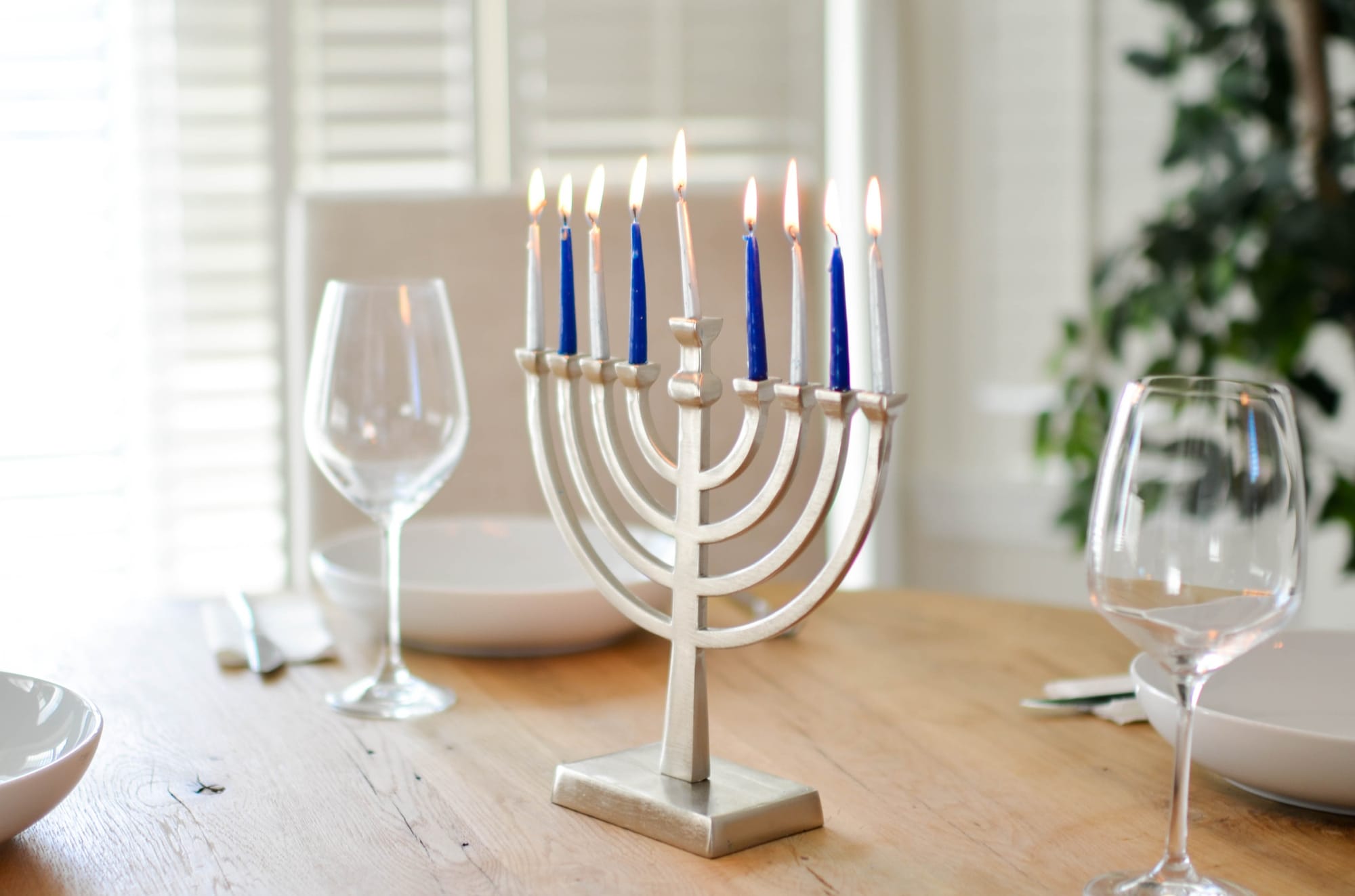A minor Temple / Elements of Holiness Within the House

A Minor Temple / Elements of Holiness Within the House
Apart from the connection of the house with the nature surrounding it, there is another connection, which is far more significant, and that is the connection of the house with the divine holiness that revolves around the world.
For example, we understand that the ultimate entrance to the house is from the east, in order to connect with the sun, which enters our world through the east side (see "The House Entrance - From Where").
But on closer inspection, the house does not just connect to the natural sun movement that surrounds the house.
The real connection here is to the divine will above the forces of nature - the same divine will, for which the sun rises in the morning through the east side and sets in the evening on the west side.
And just as at the level of the general house outline plan, our main goal is a connection to divinity, to the infinite light that goes beyond the forces of nature, so too we wish to create this connection at the level of the interior design of the house.
Since the divine will is the motive, and sustains the natural space around the house, the design of the house according to the divine will is more significant than the design according to the rules of nature.
This may sound a little spiritual-mystical, but the inner content that is poured into the house is more essential to the existence of a stable, safe and connected home.
For example, in Rabbi Nachman of Breslav's famous story, "Ma’aseh MiBitachon,"A Story of Trust” the house of the "Ba’al HaBitachon" (The Man with Trust – in God) was sunk into the ground, built underground.
The man went and saw one low house standing in the ground, and the windows below were right next to the ground, and the roof was falling and broken. And he saw that there was one one man sitting there, playing the violin gently and subtly, until one had to listen ever-so carefully to hear the sounds. And the man was very, very happy, and had a bottle of wine placed in front of him. And, as Rabbi Nachman tells, food dishes were placed before him, and he was indeed so happy. Full of joy, with no worries at all.
Such a house, which stands "in the ground", does not meet at all the criteria of building a house:
It has no air directions, no sun, no morning and no evening, and probably no garden either ...
What is such a house called?
Rather, Rabbi Nachman seems to teach us in this description that when man is connected to the divine will, he can be happy and joyful in his home, even if he does not meet the 'standards' of an architectural masterpiece.
It is said of such a house: "For I sit in darkness, the Lord is my light" (Micah, chapter 7, 8) - even when the external conditions of the house are dark due to lack of sunlight and air directions, if the house is connected to the divine holiness, then God’s light shines into the house, replacing the missing sunlight.
There are a number of elements that are capable of creating this connection, between the house of man and the infinite divine holiness. When one adds them to the home, each house becomes a kind of "Minor Temple", where family members actually meet with the divine.
These elements are described in the commandments relating to the Jewish home, and these are:
Mezuzah: The first and foremost important element that should be in every Jewish home is a mezuzah on the doorpost of the house, as it is said in the verse: "And you shall write these words on the Mezuzahs of your house and at your gates." It is known that the mezuzah provides protection to the house, but even before this, it reminds everyone who enters the gates of the house what is written in it: "And you shall love HaShem, your God with all your heart and with all your soul and with all your might."
The Mezuzah is a constant reminder of the purpose of man in the world: a connection to the supreme divine God that rules the world.
A Charity box: The Lubavitcher Rebbe emphasized that it is desirable for every Jewish home to have a charity box, and it is important that it be attached to the wall of the house, so that it becomes part of the house.
Holy books: Regarding holy books, the Rebbe also spoke about the importance of having many of them in every home.
The holy books in the house serve as a 'background picture', which always reminds of the true purpose of the house. Also, placing the holy books in a nice library in the living room indicates that the household members admit that everything written in the books is true, even if in practice it is not enough to learn from all the books.
Shabbat candles and a Menorah: Every home should have a cupboard or a shelf, with candlesticks where Shabbat candles will be lit, and a Menorah where the Hanukkah candles will be lit.
Although these items might seem insignificant and marginal relative to the overall design of the house, they are the actual ones that transform the house from an ordinary and ‘dark’ house, which requires constant entry of sun and wind to breathe a little life into it, into a sacred house that serves as a spiritual beacon for the household.
In a house that has these elements, the other design details are much less important, but of course if it is possible to design the house aesthetically as well – a win-win solution.